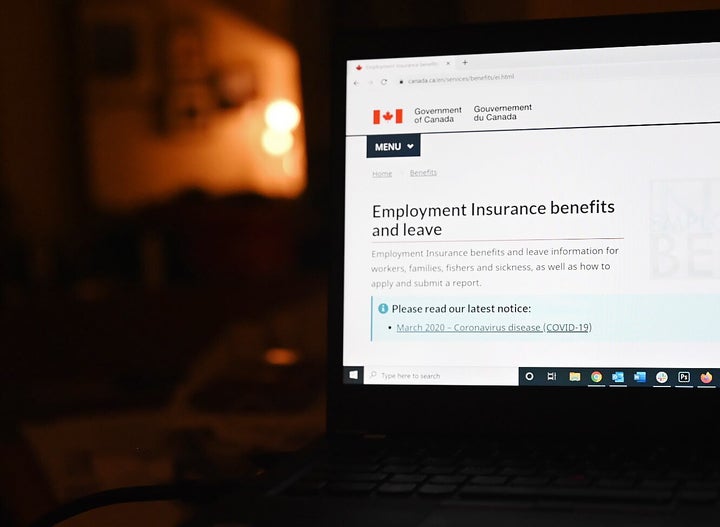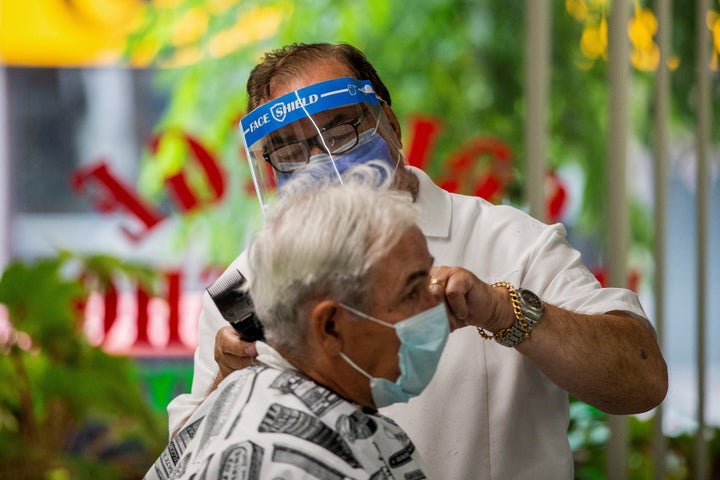
OTTAWA — More than 221,000 Canadians have mistakenly received double Canada Emergency Response Benefit (CERB) payments, according to documents tabled in the House of Commons this week.
Employment and Social Development Canada (ESDC), which jointly administers the benefit with the Canada Revenue Agency (CRA), said the payments add up to at least $442.6 million.
“Service Canada and the CRA are collaborating to ensure that these situations are reconciled and payments to eligible clients do not exceed the maximum allowable benefit of $12,000 over a 24-week period,” ESDC said in a response to an order paper question from Liberal MP Adam Vaughan.
Watch: ‘Too much CERB, not enough CEWS.’ Story continues below video.
The two departments are collaborating to solve the double-payment problem to ensure people don’t receive more than the $12,0000 maximum over a 24-week period, ESDC said.
“Anyone who does not have an overpayment automatically reconciled through this process will be proactively contacted by letter with details on how to repay the amount owed.”
The federal government introduced the CERB at the onset of the pandemic to strengthen the employment insurance system, which falls under Service Canada’s responsibility.
Ottawa has processed 20.9 million CERB applications as of July 12. According to the government, at least $59.41 billion in CERB benefits have been paid to Canadians.
The unemployment rate rose to a record 13.7 per cent in May and has since dropped to 12.3 per cent in June.
Sixty-three per cent of all CERB applications have come from residents in Ontario and Quebec.
The taxable benefit provides $500 per week, for a maximum of 24 weeks, to self-employed or employed Canadians who’ve either lost their jobs or have had their income reduced because of the pandemic.
ESDC said 460,000 Canadians have repaid the CRA for CERB for payments as of July 16. The reasons behind repayment range from ineligible applicants or people no longer qualifying for the benefit because they’ve returned to work.

CERB is one in a suite of new spending measures and programs the federal government has introduced to address widespread economic impacts of the COVID-19 pandemic.
Canadians have been asked to apply for the benefit either through Service Canada or CRA, not both.
In an effort to reduce the number of erroneous double payments, the ESDC said the CRA introduced a validation check in mid-April to detect duplicate applications for CERB already processed by the EI/Service Canada system.
“If the applicant has already been approved for benefits with Employment Insurance (El)/Service Canada, they will be redirected to continue through the El stream. The client will not be able to continue further with the CRA-CERB application.”
With provincial and territorial governments slowly re-opening their economies, Ottawa announced last week it will give more runway to businesses by making changes to the federal wage subsidy — which has been extended a second time to at least December.
These proposed changes, which include making the wage subsidy eligible to businesses that have experienced less than a 30 per cent revenue decline, are listed in new legislation tabled by the government this week.
NDP Leader Jagmeet Singh asked Prime Minister Justin Trudeau in the House of Commons Wednesday for what the government’s plan is for CERB at the end of August.
“We will continue to support Canadians in different ways moving forward.”
- Prime Minister Justin Trudeau
The benefit is set to expire at the end of summer for those who have received the maximum amount. The prime minister responded with a vague comment.
“We will continue to support Canadians in different ways moving forward,” Trudeau said.
The new legislation, named Bill C-20, also includes a proposal to provide a one-time $600 payment to people with disabilities — a demographic that advocates have argued have fallen through the cracks in between emergency pandemic spending measures.
Bill C-20 was passed by the House Tuesday. The legislation is now before the Senate.